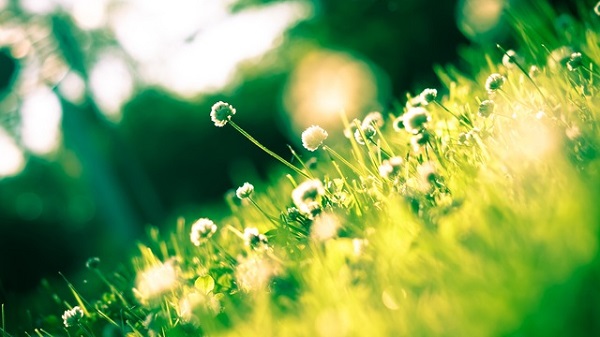
0800 377 7507
Get in touchPreparing your garden for Spring!
Your garden will no doubt be showing the after effects of winter and in need of some tender loving care in time for spring. The professional house cleaners at MOLLY MAID suggest that you start with a few of the below tasks to help you on your way!
- Trellis, fencing and wooden bed frames
This is the time to start on repairing some of the damage caused by the heavy rains and damp winter weather. It is fairly common to hear about stakes that have rotted or bowed or leaning wooden frames. So, dig back the soil behind the bowed sides and drive in new stakes on the inside of the sideboards and ensure they are fasted well with nails.
Remember, that it is much easier to fix fencing and trellis’ when there is little to no growth on rambling up them so if necessary, now is the time to replace new fence posts and trellis’, or even to treat them with a coat of waterproof stain or paint.
- Drains
Although strictly speaking, drains do not form part of the garden, but what can block them certainly does! Remove all leaves and debris that have gathered around the drains to ensure the water is still flowing freely through the drains – by doing so, you will discourage moss to grow in these areas too.
- Lawn/ Grassed areas
The first job is to rake the lawn to remove dead growth and winter debris. This will bring much needed light and air to the soil, encouraging the grass to grow. It is a good idea to re-seed bare patches of lawn on a warm and still day. Rake bare spots firmly with a metal rake before seeding and then sprinkle grass seed into a bucket of soil and spread evenly over the bare spot. It is vital that you keep this area well-watered until the seeds germinate and the new grass establishes. Then leave this area for a month before passing the lawn mower over it set on a high level to simply skim the tops of the blades of grass off and this will encourage growth.
- Weeds
Although this isn’t the most appealing task, pulling weeds now is by far the easiest time to do so as the shoots are shallow. Once you have done this, why not minimise weed growth, by applying a layer of mulch or ground cover on the bare patches?
Adding mulch to a depth of 3 to 4 inches is usually sufficient. Black plastic sheeting can also be used to cover the beds before planting as a way to suppress emerging weeds.
It is however important to note to keep the mulch a few inches away from the trunks of fruit trees and the crowns and stems of plants. By doing so, you will help to reduce rot on the stems of young plants and will protect the bark of young fruit trees.
- Ornamental grasses or ferns
Spring is the time to thin dead foliage of ornamental grasses and ferns as once new growth emerges, it becomes difficult to thin ornamentals without damaging the plant. New growth will quickly replace the culled foliage.
- Feed the beds
To give your beds the best chance to produce healthy plants you need to provide them with necessary nourishment by top dressed them with compost or well-seasoned manure in preparation for any planting. Try to avoid digging up the bed as well established beds are best left undisturbed and the nutrients will work their way downwards in any case.
- Lime Time
Any soils with a pH below 6.2 will be thankful for some lime and for best absorption, try the finest grind possible. To determine the ph of your soil, buy a ph testing kit from any nursery or garden centre. If you are thinking of planting soon, ensure that you add lime several weeks prior to doing so. Do cover newly limed beds with plastic during heavy spring rains to prevent runoff.
Good luck in preparing your garden for spring and remember that there is the added benefit that gardening is also good for you!
